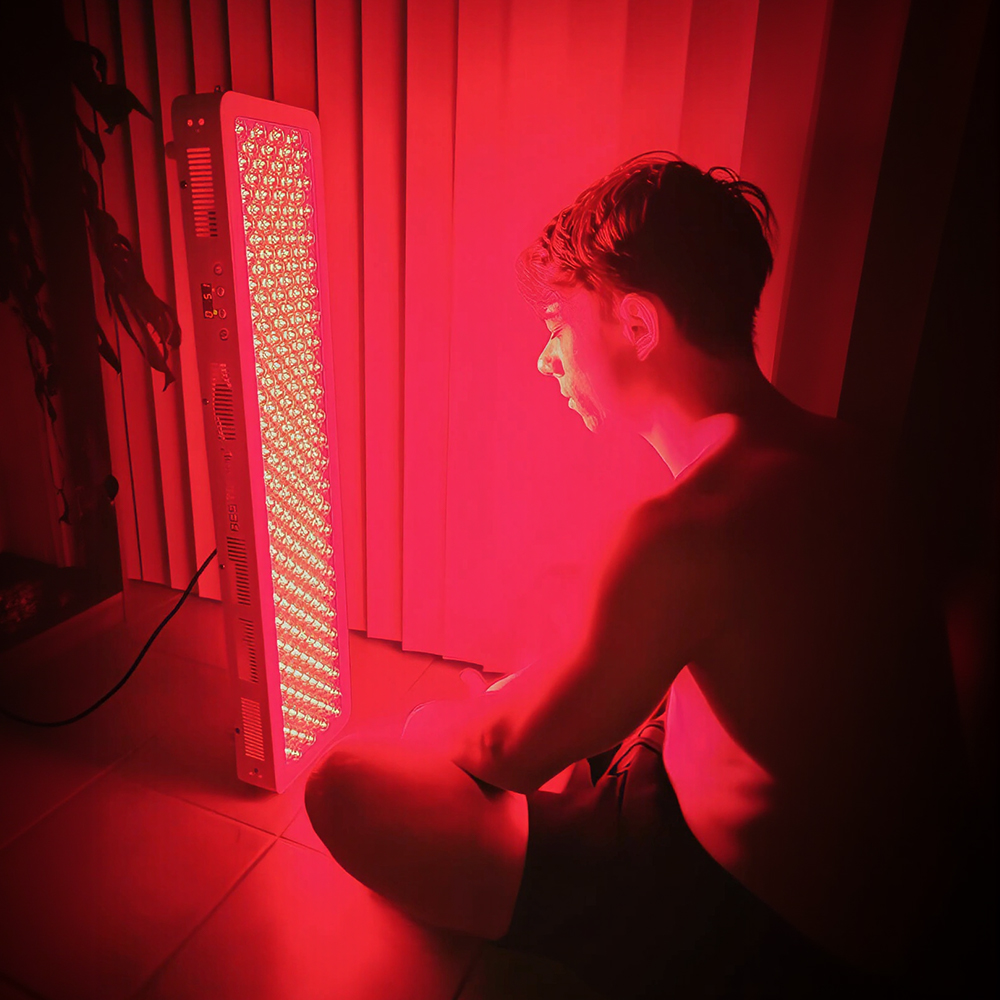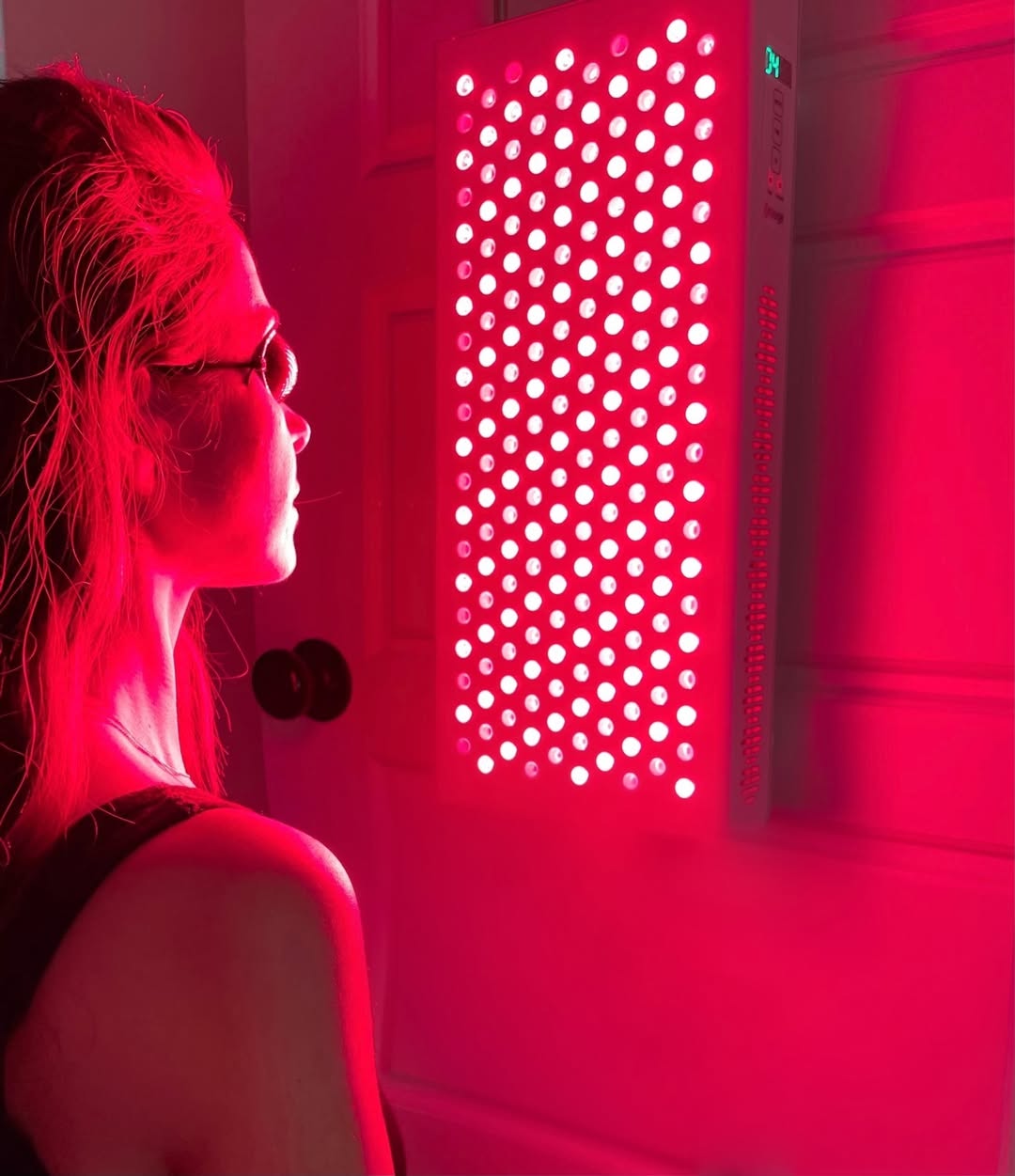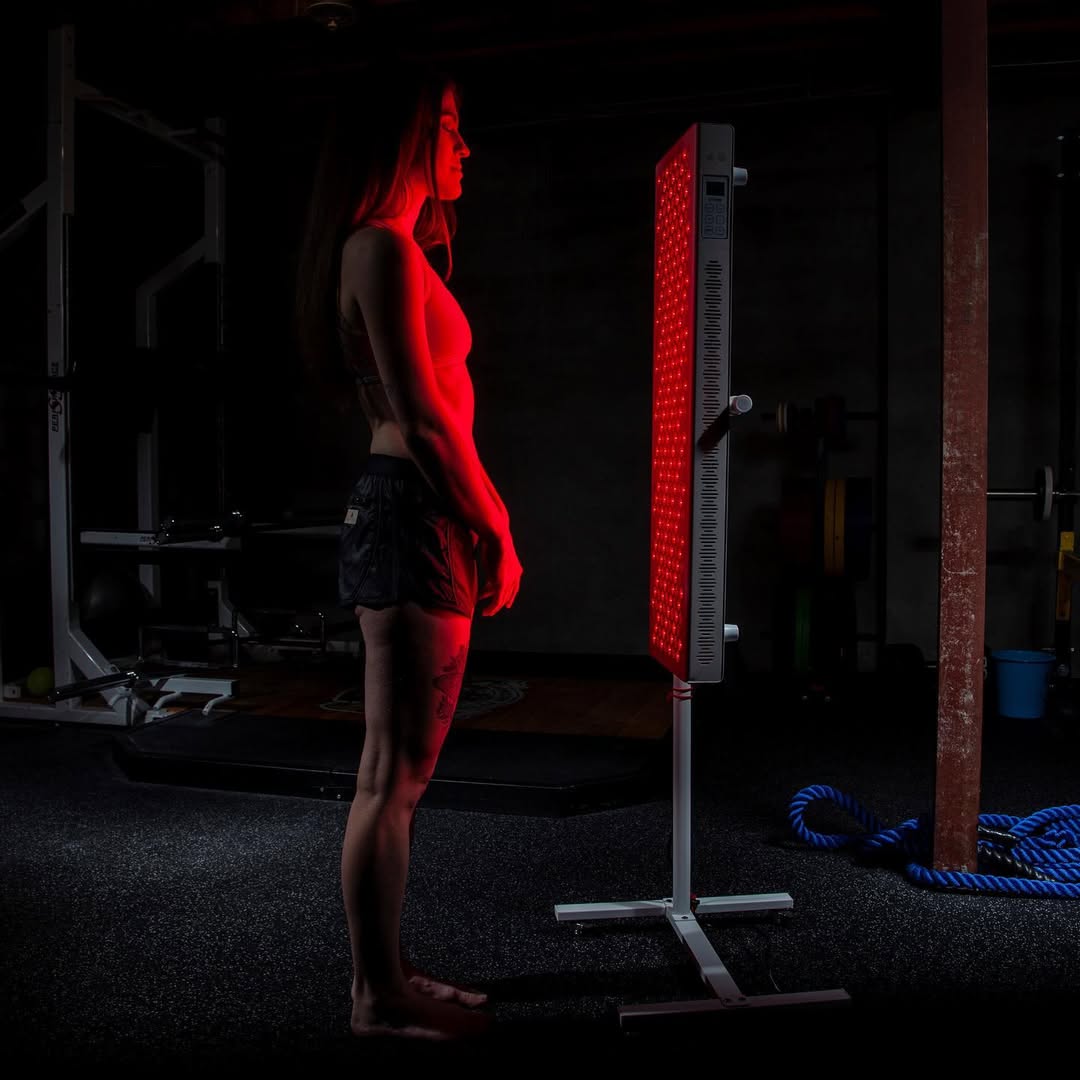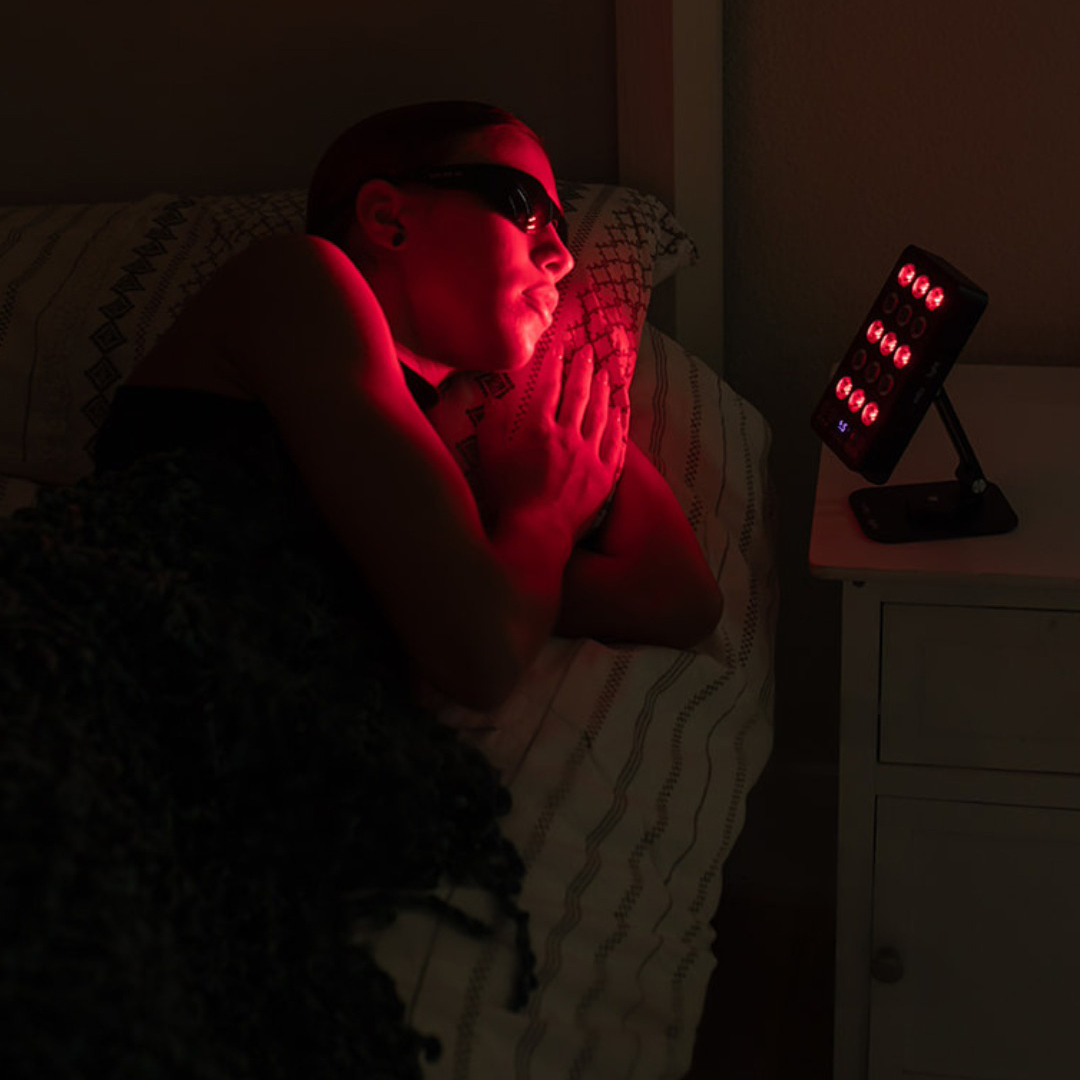![]() Free Shipping
Free Shipping ![]() Buy Now, Pay Later
Buy Now, Pay Later ![]() Eligible
Eligible
Red Light Therapy’s Impact on Nerve Damage: A Promising Path to Recovery

Nerve damage, or neuropathy, affects millions of people worldwide, leading to pain, numbness, weakness, and impaired mobility. Traditional treatments often include medications, physical therapy, and sometimes invasive surgeries—but what if there was a non-invasive, drug-free alternative that could accelerate nerve repair?
Enter red light therapy (RLT), also known as low-level laser therapy (LLLT) or photobiomodulation. This innovative treatment uses specific wavelengths of red and near-infrared light to penetrate deep into tissues, stimulating cellular repair and reducing inflammation. But can it really help with nerve damage?
Emerging research suggests yes—red light therapy may hold the key to enhancing nerve regeneration, reducing pain, and restoring function. In this article, we’ll explore the science behind RLT, its mechanisms of action, and the compelling evidence supporting its role in nerve repair.
Understanding Nerve Damage: Causes and Challenges
Nerve damage can arise from various conditions, including:
- Trauma or injury (e.g., car accidents, fractures)
- Diabetes (diabetic neuropathy)
- Autoimmune disorders (e.g., multiple sclerosis, Guillain-Barré syndrome)
- Chemotherapy-induced neuropathy
- Chronic compression (e.g., carpal tunnel syndrome)
When nerves are damaged, the body’s natural repair processes can be slow and incomplete. Unlike other tissues, nerves regenerate at a sluggish pace—about 1 mm per day—making recovery a lengthy and often frustrating process.
Conventional treatments focus on symptom management rather than addressing the root cause. Painkillers, anti-inflammatory drugs, and nerve blockers may provide temporary relief but don’t necessarily promote healing. This is where red light therapy steps in as a potential game-changer.
How Red Light Therapy Works on Nerves
Red light therapy operates on the principle of photobiomodulation—the process by which light energy is absorbed by cells, triggering biochemical changes that enhance repair and reduce inflammation. Here’s how it benefits nerve tissue:
1. Boosts Mitochondrial Function & ATP Production
- Nerve cells require massive amounts of energy (ATP) to function and regenerate.
- Red and near-infrared light stimulates mitochondria (the cell’s powerhouse), increasing ATP production and accelerating repair.
2. Reduces Inflammation & Oxidative Stress
- Chronic inflammation worsens nerve damage.
- RLT downregulates pro-inflammatory cytokines while increasing anti-inflammatory molecules, creating a healing environment.
3. Enhances Nerve Regeneration
- Studies show that RLT increases growth factors like BDNF (Brain-Derived Neurotrophic Factor), which promotes nerve cell survival and regrowth.
- It also stimulates Schwann cells, which are essential for repairing damaged peripheral nerves.
4. Relieves Neuropathic Pain
- By reducing inflammation and improving blood flow, RLT can decrease pain signals from damaged nerves.
- Some patients report significant pain relief after just a few sessions.
Scientific Evidence: What Studies Say About RLT and Nerve Repair
1. Peripheral Nerve Regeneration (Animal & Human Studies)
- A 2017 study published in Lasers in Medical Science found that red light therapy significantly improved nerve regeneration in rats with sciatic nerve injuries.
- Another 2020 study in Photomedicine and Laser Surgery showed that diabetic neuropathy patients experienced reduced pain and improved nerve function after RLT treatment.
2. Spinal Cord Injury Recovery
- Research in Neurorehabilitation and Neural Repair (2014) demonstrated that near-infrared light enhanced motor function recovery in spinal cord injury models by reducing scar tissue and promoting axonal growth.
3. Chemotherapy-Induced Neuropathy
- A 2021 clinical trial involving breast cancer patients found that RLT reduced tingling, numbness, and pain associated with chemotherapy-induced neuropathy.
4. Carpal Tunnel Syndrome
- A 2018 study in The Journal of Photochemistry and Photobiology reported that RLT improved nerve conduction and reduced symptoms in carpal tunnel patients.
How to Use Red Light Therapy for Nerve Damage
If you’re considering RLT for neuropathy, here’s how to get started:
1. Choose the Right Device
- Wavelength: Optimal ranges are 630-670 nm (red light) and 810-850 nm (near-infrared) for deeper penetration.
- Power Density: Look for devices with sufficient irradiance (typically 50-200 mW/cm²).
2. Treatment Protocol
- Frequency: 3-5 sessions per week initially, then maintenance as needed.
- Duration: 5-20 minutes per treatment area.
- Distance: Follow manufacturer guidelines (usually 6-12 inches from skin).
3. Combine with Other Therapies
- For best results, pair RLT with:
- Physical therapy (to improve mobility)
- Anti-inflammatory diet (to support nerve health)
- Supplements (like alpha-lipoic acid, B vitamins)
Real-Life Success Stories
Many individuals with nerve damage have turned to RLT with remarkable results:
- John, 58 (Diabetic Neuropathy): “After 8 weeks of red light therapy, the burning pain in my feet reduced by 70%. I can walk without constant discomfort.”
- Sarah, 42 (Carpal Tunnel): “I was considering surgery, but after 6 weeks of RLT, my hand strength improved, and numbness faded.”
- Mark, 35 (Post-Sciatic Nerve Injury): “Combining RLT with physical therapy helped me regain sensation in my leg faster than expected.”
Conclusion: A Bright Future for Nerve Repair
Red light therapy is emerging as a safe, non-invasive, and scientifically backed treatment for nerve damage. While more large-scale human trials are needed, current evidence suggests it can:
✔ Speed up nerve regeneration
✔ Reduce neuropathic pain
✔ Improve mobility and function
If you’re struggling with neuropathy, RLT may offer a drug-free, side-effect-free alternative worth exploring. As always, consult with a healthcare provider before starting any new treatment.
Have you tried red light therapy for nerve damage? Share your experience in the comments!
References & Further Reading
- Lasers in Medical Science (2017) – “Photobiomodulation enhances nerve regeneration.”
- Photomedicine and Laser Surgery (2020) – “RLT in diabetic neuropathy.”
- Neurorehabilitation and Neural Repair (2014) – “NIR light in spinal cord injury.”
- The Journal of Photochemistry and Photobiology (2018) – “RLT for carpal tunnel syndrome.”






